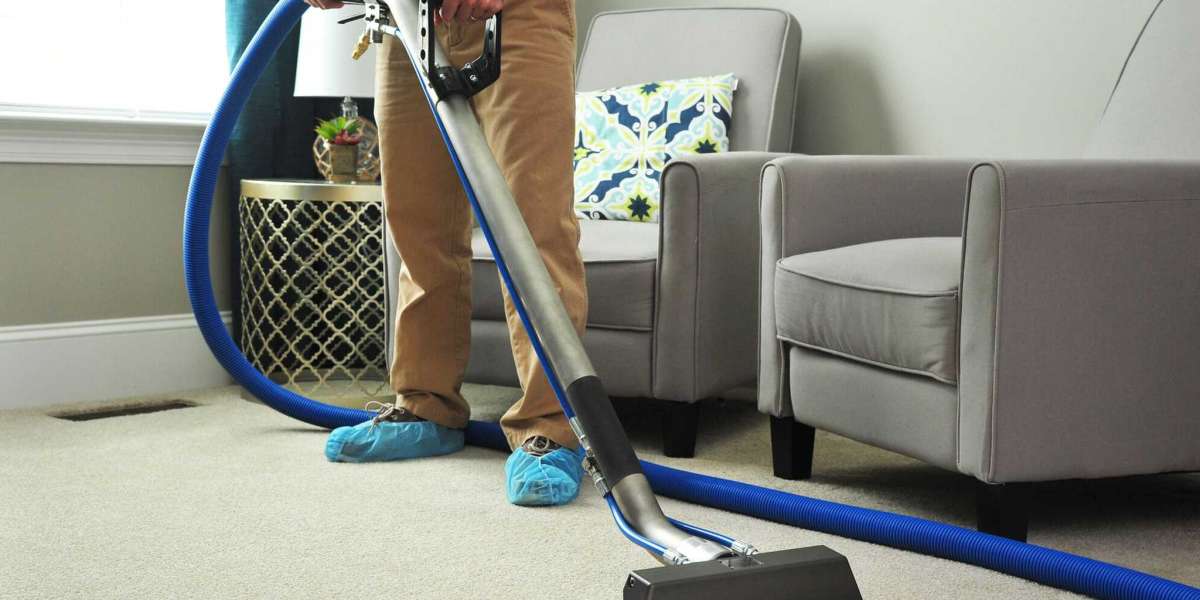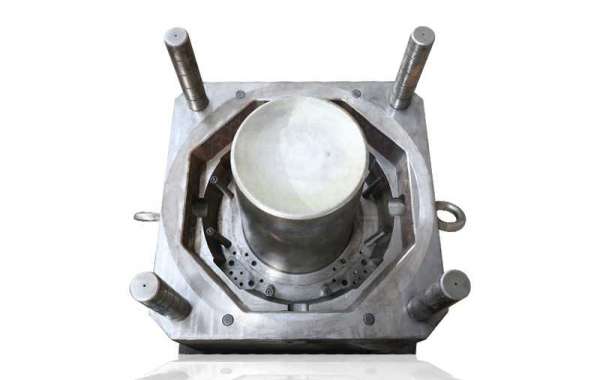Carpets are a staple in many homes and businesses, providing comfort, insulation, and aesthetic appeal. However, over time, carpets accumulate dirt, dust, allergens, and stains that can detract from their appearance and longevity. Understanding the science and art of carpet cleaning is essential for maintaining a healthy environment and preserving the beauty of these textiles. This article delves into various carpet cleaning techniques, their benefits, and best practices for effective maintenance.

The Importance of Carpet Cleaning
Carpets act as filters in our living spaces, trapping dust, dirt, and allergens that can affect indoor air quality. Regular cleaning is crucial not just for appearance but also for health. According to the American Lung Association, unclean carpets can contribute to respiratory issues, especially for those with allergies or asthma. Moreover, regular maintenance extends the life of carpets, saving homeowners money in the long run.
Types of Carpet Cleaning Techniques
Carpet cleaning techniques can be broadly categorized into two types: dry cleaning and wet cleaning. Each method has its own set of advantages and is suitable for different types of carpets and levels of soiling.
1. Dry Cleaning
Dry cleaning is a popular method that uses minimal moisture. It typically involves the application of a dry cleaning solvent or powder that attracts dirt and grime. The process includes:
- Pre-Inspection: Assessing the carpet's condition, fabric type, and any stains present.
- Vacuuming: Removing loose dirt and debris before applying the cleaning agent.
- Application: Sprinkling or spraying the dry cleaning solution evenly across the carpet.
- Agitation: Using a brush or machine to work the cleaning agent into the fibers.
- Vacuuming Again: Removing the cleaning agent along with the dirt it has absorbed.
2. Wet Cleaning
Wet cleaning, often referred to as steam cleaning, involves the use of hot water and cleaning solutions. This method is particularly effective for deep cleaning carpets and removing stubborn stains. The process typically includes:
- Pre-Inspection: Similar to dry cleaning, the carpet is inspected for stains and damage.
- Pre-Treatment: Applying a pre-treatment solution to break down tough stains.
- Hot Water Extraction: A machine injects hot water mixed with a cleaning solution into the carpet fibers and then extracts it along with dirt and grime.
- Rinsing: Additional hot water may be used to rinse the carpet and remove any residue.
- Drying: Proper ventilation and air circulation are essential for drying the carpet post-cleaning.
Benefits of Regular Carpet Cleaning
Regular carpet cleaning offers numerous benefits, including:
- Extended Lifespan: Routine cleaning removes dirt and debris that can wear down carpet fibers, prolonging their life.
- Improved Air Quality: By eliminating allergens and pollutants trapped in carpets, regular cleaning can enhance indoor air quality.
- Aesthetic Appeal: Clean carpets look better and can transform the overall appearance of a room.
- Stain Prevention: Regular maintenance can help prevent stains from setting in, making it easier to clean spills when they occur.
- Odor Removal: Cleaning carpets helps eliminate odors caused by pet dander, spills, and general wear.
Best Practices for Carpet Maintenance
To keep carpets looking their best, consider the following best practices:
- Regular Vacuuming: Vacuum carpets at least once a week, and more frequently in high-traffic areas. Use a vacuum with a HEPA filter to capture allergens effectively.
- Immediate Stain Treatment: Address spills and stains as soon as they occur. Blot the area with a clean cloth and use appropriate cleaning solutions for specific stains.
- Professional Cleaning: Schedule professional Premier Carpet Cleaning cleaning every 12 to 18 months, depending on foot traffic and usage.
- Use Mats and Runners: Placing mats at entryways can help reduce the amount of dirt tracked onto carpets.
- Rotate Furniture: Changing the arrangement of furniture can prevent uneven wear on carpets and maintain their appearance.
Eco-Friendly Carpet Cleaning Options
With growing environmental concerns, many homeowners are seeking eco-friendly carpet cleaning options. Several methods and products are available that minimize environmental impact while effectively cleaning carpets:
- Green Cleaning Solutions: Look for biodegradable and non-toxic cleaning agents that are safe for both the environment and human health.
- Steam Cleaning: This method uses only water and heat, reducing the need for chemical cleaners.
- DIY Cleaning Solutions: Simple mixtures of vinegar, baking soda, and water can effectively clean carpets without harmful chemicals.
Conclusion
Carpet cleaning is both a science and an art, requiring knowledge of various techniques and an understanding of the materials involved. Regular maintenance not only enhances the aesthetic appeal of carpets but also contributes to a healthier indoor environment. By employing the right cleaning methods and adhering to best practices, homeowners can ensure their carpets remain beautiful and functional for years to come. Whether opting for professional services or tackling cleaning tasks independently, the benefits of a clean carpet are undeniable, making it a worthwhile investment in any space.








